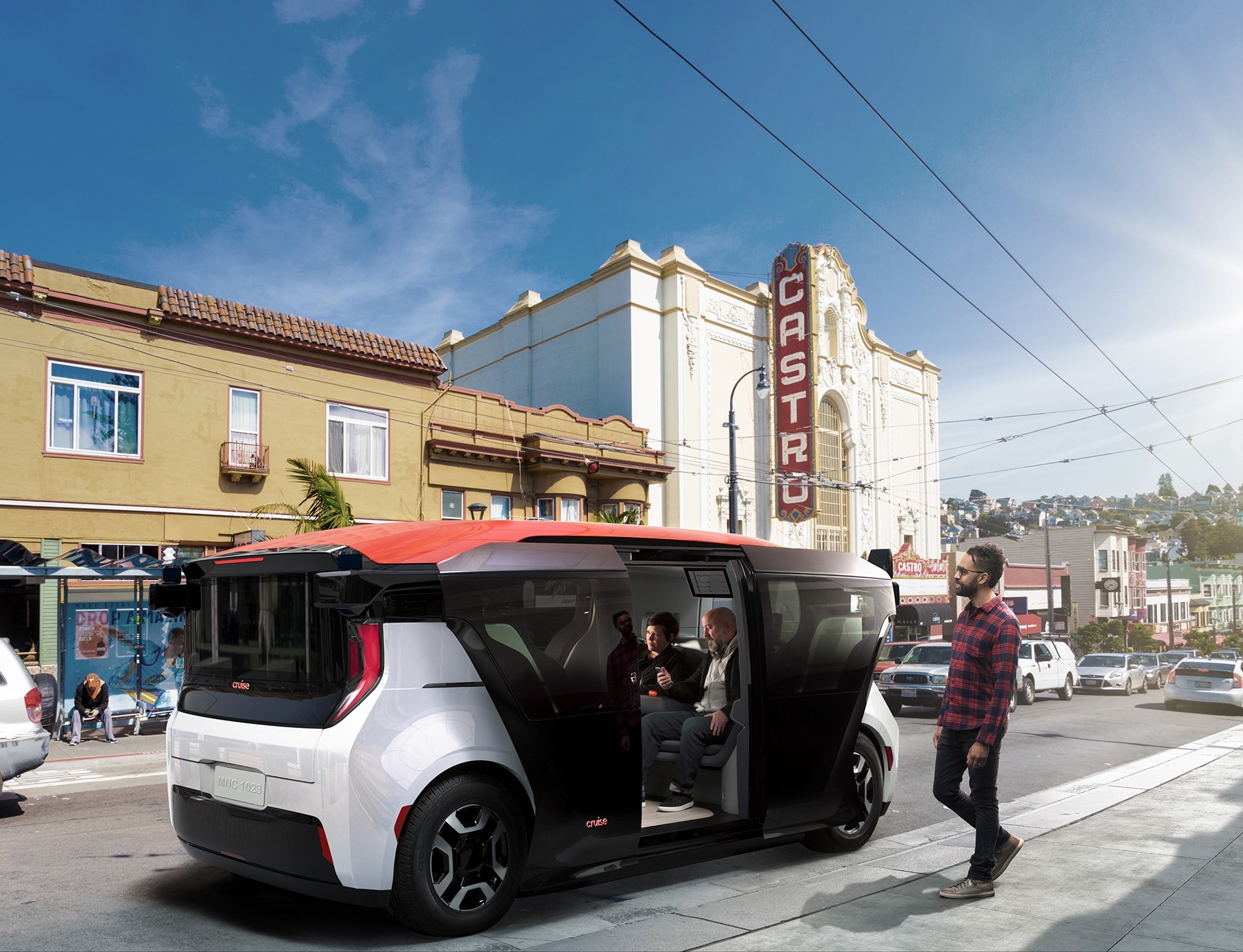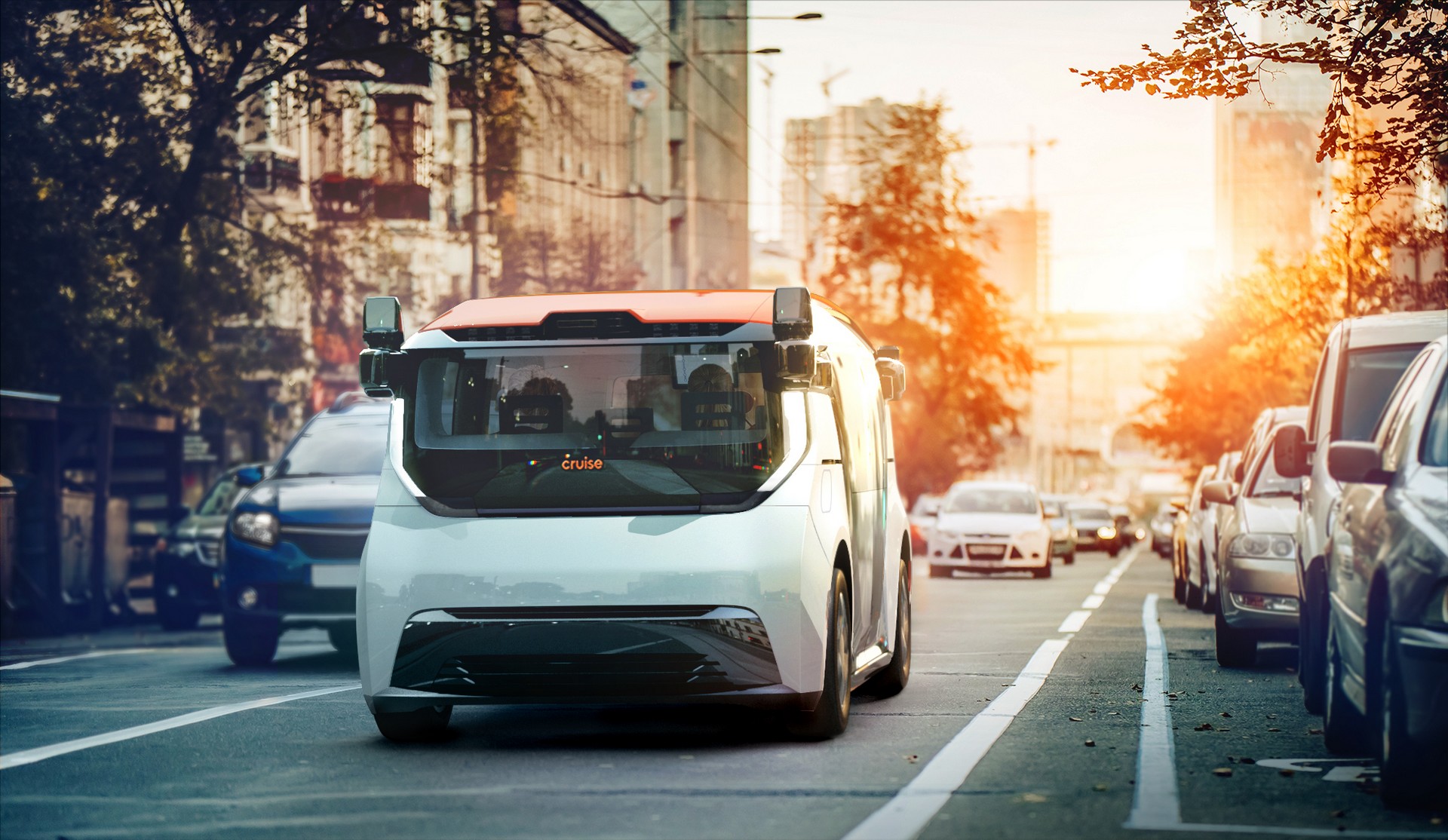Cruise is gearing up to launch its robotaxi service in a host of new cities throughout the United States.
The General Motors majority-owned self-driving vehicle company has been testing its autonomous vehicles in San Francisco, California for a number of years now and on February 1, started offering free driverless rides in the city.
Speaking at a recent Morgan Stanley Technology, Media & Telecom Conference, Cruise chief executive Kyle Vogt said plans are already in place to expand the service.
“We get our early users to love the product and come back again and again,” Vogt said. “And then once they love it, the tech barriers to going from one city to three cities to 10 cities are very, very small in proportion to the amount of work it took to get city No. 1.”
Read Also: Cruise Seeking NHTSA Approval To Put The Autonomous Origin Into Service
Vogt added that the learning curve between the initial cities which follow San Francisco could be steep but that as the service grows to other cities, “the incremental differences… will get smaller and smaller.”
The self-driving startup is also looking to develop its technologies beyond the Chevrolet Bolt EVs that it currently uses. The company’s in-house Origin autonomous shuttle will launch next year and Vogt says Cruise is currently working to validate its core technology with different sensor placement.
“That same approach that we’ve developed to adapt from the Bolt to the Origin is the same approach we’re using to adapt from San Francisco to other cities,” he explained.
The initial plan for Cruise is to deploy driverless vehicles at scale in urban areas and longer-term, it will expand beyond urban areas and partner with GM on personal autonomous vehicles. GM hopes to launch its first personal autonomous vehicle by the middle of the decade.
“What’s really important to me is that Mary Barra and the GM leadership team and the GM board see our future the same way we do. And that’s what we’ve achieved,” Vogt said. “Right now, to keep us on this trajectory of getting to a million vehicles by 2030, [a close relationship with GM] is the right move for us today.”





